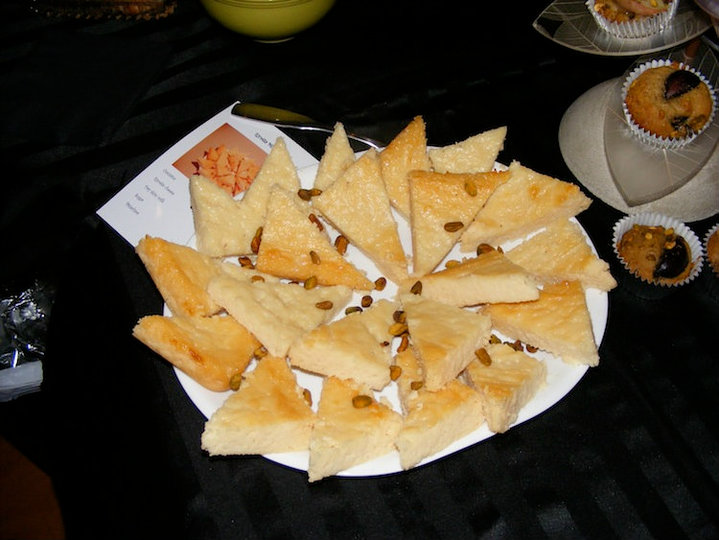
Greek yogurt is all the rage these days. Are you missing something by not eating it?
Yes…and no.
This dairy treat is popular with consumers because it's thicker and creamier than regular yogurt. Nutrition experts like it because it is higher in protein. That, for PCOS is something to look for in foods.
Before you jump on the bandwagon, however, consider a couple of things.
Greek yogurt is made by straining out the water to make it thicker. In the process of straining, calcium leaches out into the water that is strained and discarded. This means that its calcium content tends to be lower.
Greek yogurt also doesn't contain vitamin D, a vitamin that is increasingly being found to be deficient in women with PCOS. I personally checked all major brand labels (Fage, Oikos, Chobani, and several other lesser known options) in the store to verify this, and unfortunately, not a single one is fortified with vitamin D.
So if you're using Greek yogurt as your dairy choice for the day, and you're assuming it's a good source of calcium and vitamin D, you're selling yourself short.
Fortunately, if you love Greek yogurt and you have a few minutes of time, the problem can easily be solved. It turns out, it's fairly easy to make Greek-style yogurt from regular, vitamin-D fortified yogurt! All you need to do is strain the regular yogurt with a cheesecloth. Here are the directions, with pictures.
Here is a list of yogurts that DO contain vitamin D. My recommendation is to stick with plain in order to keep the sugar content low. Also, to consider a low-fat rather than a non-fat version. Researchers have found that if only one of your dairy choices a day contains fat, you tend to increase your fertility.
If you want to, you can even save the liquid you've drained off and include it in smoothies--thus recapturing the calcium and the whey protein that's been drained off in the straining process.
Bottom line--don't assume that because yogurt is a dairy product that it is the exact nutritional equivalent of milk. And don't get caught up in the hype, and assume that Greek yogurt is automatically your superior choice.

